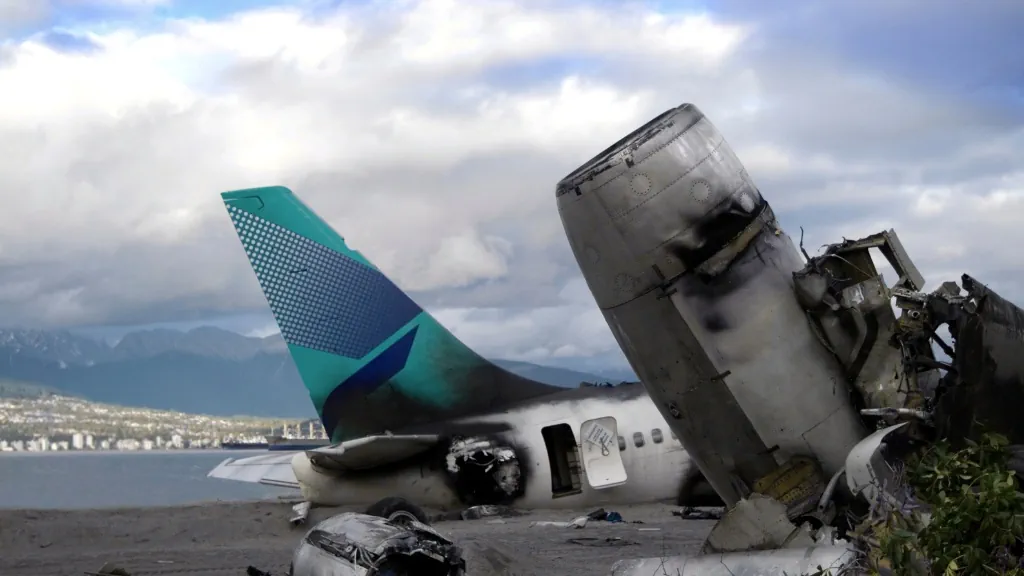
The aviation industry is fast-moving and complex, shaped by legal, technological, safety, and institutional developments. Few events shake this sector as deeply as a plane crash—not only for its tragic human toll but also for the far-reaching financial and reputational consequences that follow.
A Crisis That Goes Beyond the Accident
When a fatal crash occurs, its impact extends well beyond the loss of life. Public confidence in flying often drops sharply—especially when early reports point to mechanical failure, pilot error, extreme weather, or security threats.
A major historical example is the September 11 attacks, which drastically altered the aviation landscape. In the aftermath, global air travel plummeted, and airlines incurred billions in losses, prompting long-term changes to security protocols and operational risk management.
The Financial Fallout
For airlines, a crash can trigger significant direct costs:
- Loss of aircraft (known as hull loss)
- Leasing fees for temporary aircraft replacements
- Operational disruptions at airports
- Environmental cleanup and crash site restoration
- Compensation for victims, often calculated using models like the Value of a Statistical Life (VOSL)
But the indirect costs are often just as damaging:
- Emergency response and investigation expenses
- Loss of customer trust
- Decline in bookings and revenue
- Damaged relationships with investors and stakeholders
Credit Ratings and Reputational Risk
From a credit rating standpoint, a crash does not always result in an immediate downgrade. If the airline has strong cash flow, a diversified revenue base, and low debt, it may weather the storm.
However, persistent fallout—like prolonged aircraft groundings, legal claims, or regulatory penalties—can lead to a negative rating outlook or watchlist placement. Credit rating agencies also closely assess reputational damage, as it may reduce future earnings or affect strategic partnerships.
Ripple Effects on Aircraft Financing
The impact of a crash can also extend to the aircraft financing market. While major lessors may be insulated by diversification, aircraft tied to the incident (or the same model) can experience a drop in value. That said, demand for alternative aircraft models may increase—helping rebalance risk across the portfolio.
Bottom Line
Plane crashes are rare but deeply disruptive. For airlines, the consequences are not just operational—they strike at the heart of financial stability and creditworthiness. Credit rating agencies assess not only immediate losses but also the long-term ability of the airline to restore trust, absorb costs, and maintain resilience in an already high-stakes industry.







